Diving into the mysterious and captivating world beneath the waves, we encounter a realm filled with breathtaking beauty and hidden dangers. While the oceans are teeming with an array of fascinating marine life, some inhabitants wield a perilous secret – toxicity. Join us as we explore the top 12 most poisonous and dangerous fishes that lurk beneath the surface.
1. Stonefish (Synanceia)
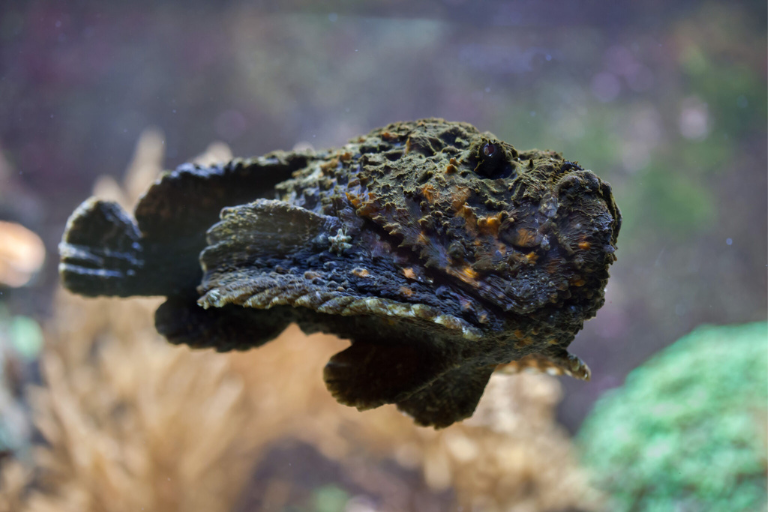
Hiding masterfully among the ocean floor, the Stonefish tops our list as the world’s most venomous fish. Its camouflage and potent venom make it a formidable predator, capable of delivering a painful and potentially lethal sting.
2. Box Jellyfish (Chironex fleckeri)
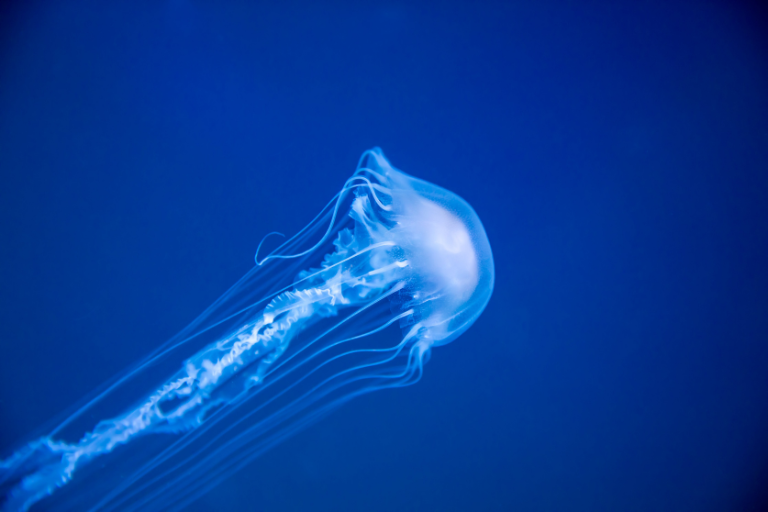
Known for its translucent bell and long, trailing tentacles, the Box Jellyfish is a marine powerhouse. Its venom attacks the heart, nervous system, and skin cells, making encounters with this jellyfish a serious threat to human life.
3. Pufferfish (Tetraodontidae)
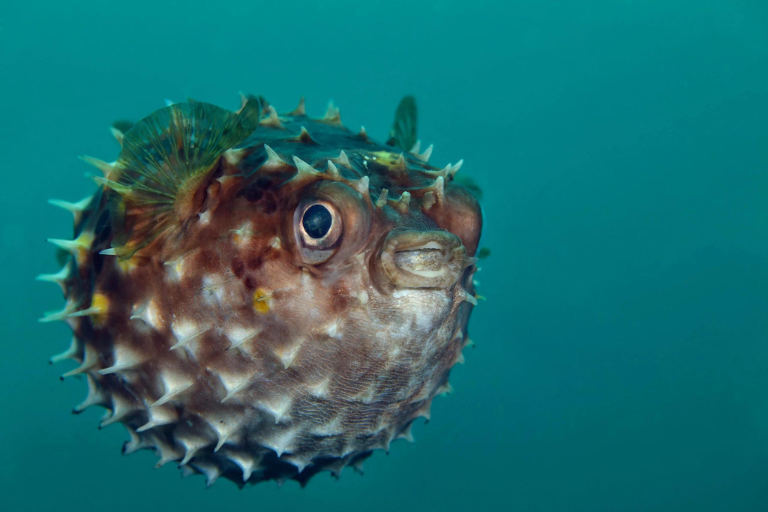
Beyond its comical appearance lies a potentially lethal creature. The Pufferfish, or fugu, contains tetrodotoxin in its organs, a potent neurotoxin that can lead to paralysis and death if consumed in improperly prepared dishes.
4. Lionfish (Pterois)
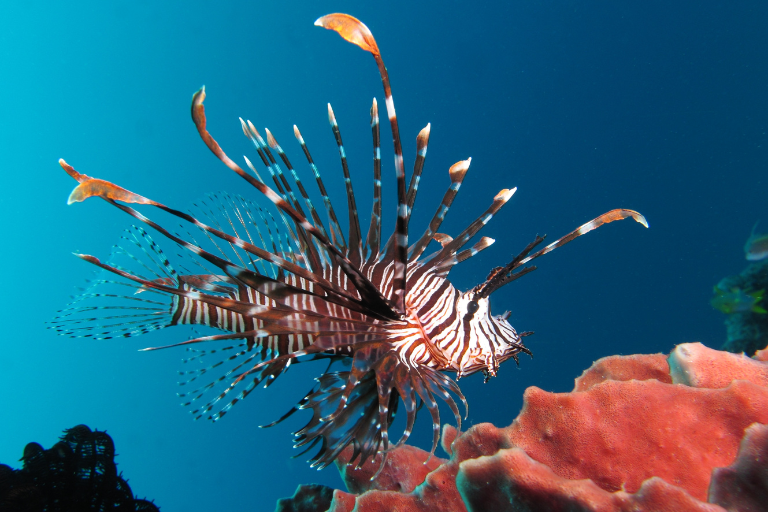
Though admired for its striking appearance, the Lionfish carries venomous spines that can inflict excruciating pain. Its presence outside its native habitat poses an environmental threat, as it disrupts local ecosystems.
5. Fangtooth Fish (Anoplogaster cornuta)
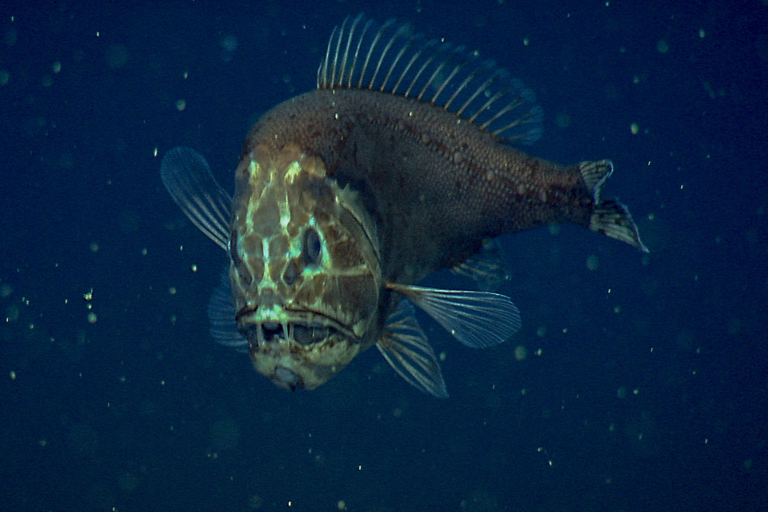
Dwelling in the deepest reaches of the ocean, the Fangtooth Fish may be small, but its menacing appearance conceals sharp teeth and a venomous bite. Little is known about its toxicity, adding an air of mystery to this deep-sea dweller.
6. Stargazer Fish (Uranoscopidae)
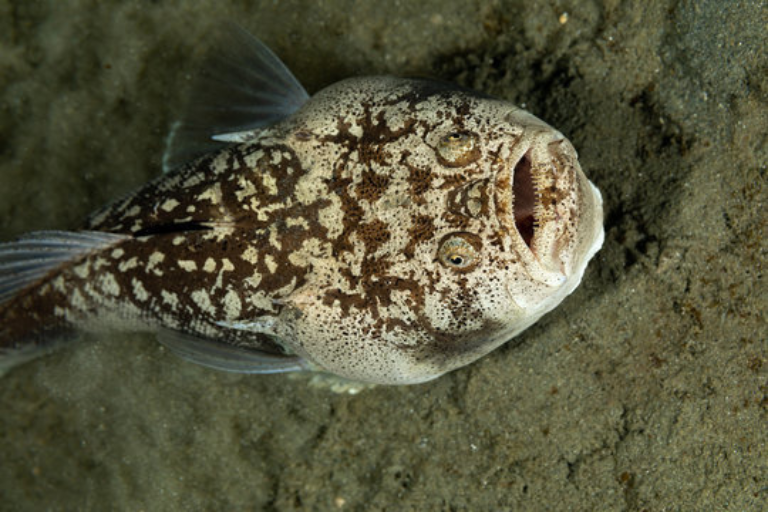
Buried in the sand with only its eyes and mouth visible, the Stargazer Fish is an ambush predator armed with electric organs and venomous spines. Its deceptive camouflage and shocking abilities make it a formidable adversary.
7. Candiru (Vandellia cirrhosa)
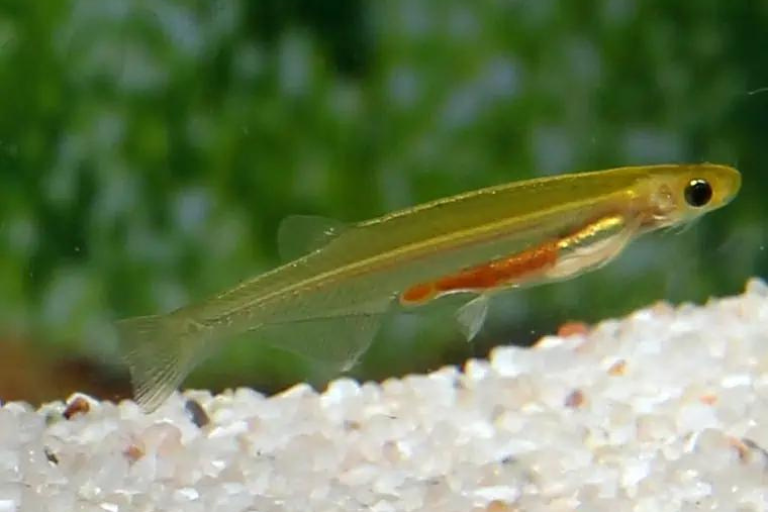
Known as the vampire fish, the Candiru is notorious for its unsettling tendency to invade the bodily orifices of larger fish and humans. Although not deadly, encounters with this parasitic fish can be traumatizing.
8. Red Lionfish (Pterois volitans)
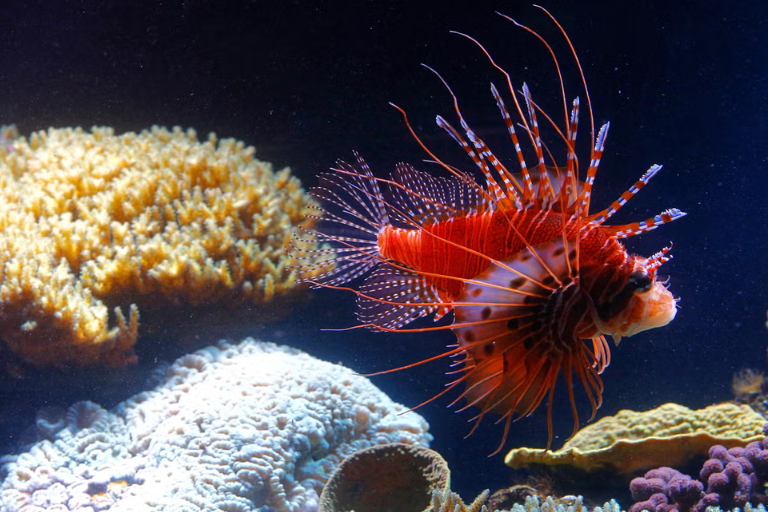
Similar to its cousin, the Red Lionfish boasts vibrant colors and venomous spines. Native to the Indo-Pacific, it has invaded other regions, posing a threat to local marine life and challenging ecosystems.
9. Cone Snail (Conidae)
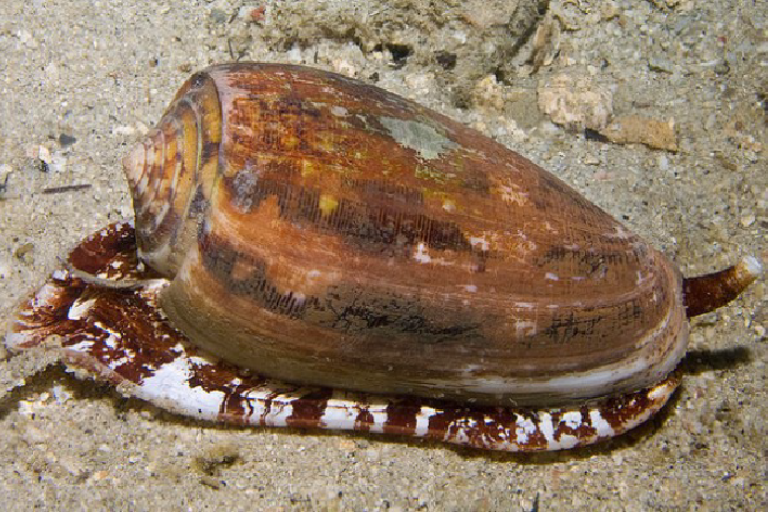
While its colorful shell may attract attention, the Cone Snail’s harpoon-like tooth conceals a potent venom that can paralyze prey almost instantly. Human encounters with this slow-moving predator can result in severe injury or death.
10. Electric Ray (Torpedo)
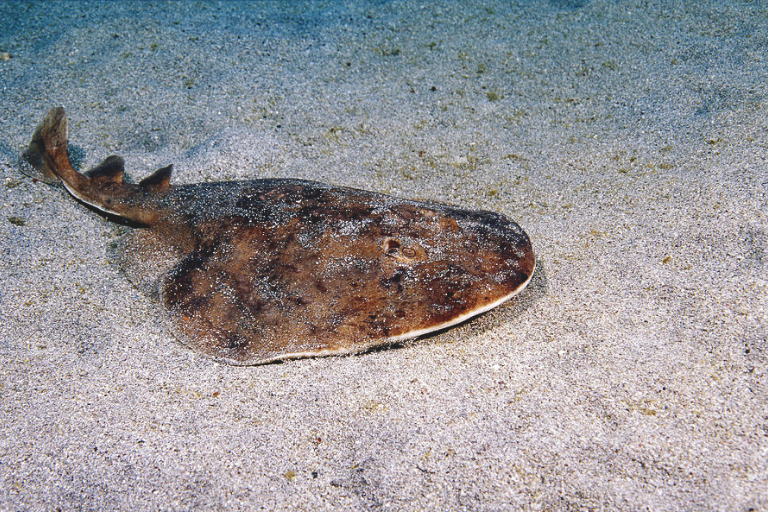
Harnessing the power of electricity, the Electric Ray can deliver shocks to stun prey and deter predators. While not lethal to humans, its electric discharge is potent enough to cause discomfort and injury.
11. Goblin Shark (Mitsukurina owstoni)
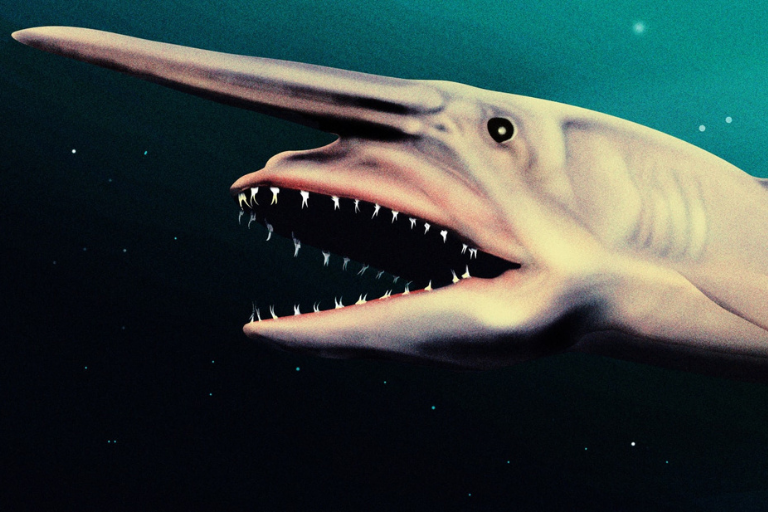
Referred to as a “living fossil,” the Goblin Shark possesses a unique, extendable jaw and razor-sharp teeth. Though rarely encountered by humans, its ominous appearance earns it a spot on our list.
12. Blue-Ringed Octopus (Hapalochlaena)
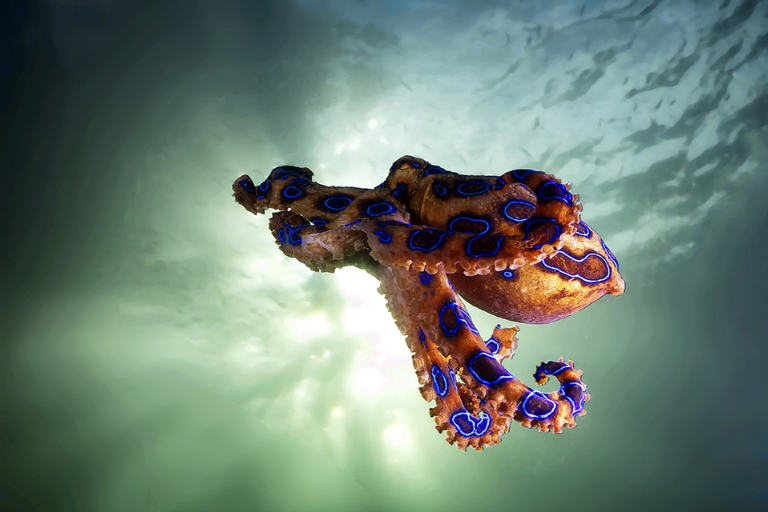
Don’t be deceived by its small size; the Blue-Ringed Octopus is a tiny yet deadly cephalopod. Its vibrant blue rings signal the presence of potent neurotoxins that can lead to respiratory failure if envenomated.



GIPHY App Key not set. Please check settings